I was testing swift closure with Xcode playground.
This is my code:
import UIKit
class A{
var closure: ()->() = {}
var name: String = "A"
init() {
self.closure = {
self.name = self.name + " Plus"
}
}
deinit {
print(name + " is deinit")
}
}
var a: A?
a = A()
a = nil
As what is expected, a is self contained by closure, so a is never released.
But, when I add this line before the last line:
a?.closure = { a?.name = "ttt" }
Then, I found "A is deinit" in the output window, which means a is released. Why? is a not recycle reference?
To be test, I use a function to set the closure, which the code is version 2:
import UIKit
class A{
var closure: ()->() = {}
func funcToSetClosure(){
self.closure = { self.name = "BBB"}
}
var name: String = "A"
init() {
self.closure = {
self.name = self.name + " Plus"
}
}
deinit {
print(name + " is deinit")
}
}
var a: A?
a = A()
a?.funcToSetClosure()
a = nil
Again, a is never released.
So I got the conclusion, when closure is set by init or a function in the class, it will cause recycle reference, when it is set out side the class, it will not cause recycle reference. Am I right?

